
Just a few days ago, the Supreme Court issued a one-paragraph order. This isn’t just another new policy, but one which will fundamentally change the lives of many workers across the U.S. This order claims to be temporary, but what is held up in court are the already lifted hiring freezes and that employees are being reinstalled! And, you guessed it, this order is already being criticized by claims that it threatens a specific department’s abilities to carry out its essential duties.
Half The DOE Workforce? Gone
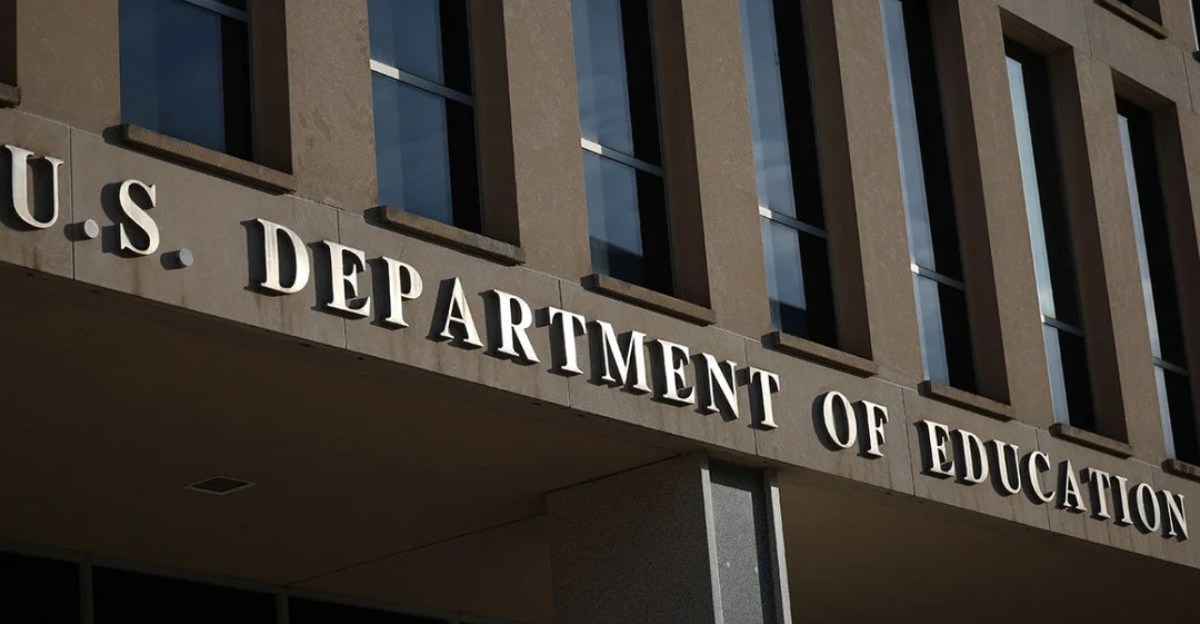
We’re looking at the termination of approximately 1,300 – 1,400 people. The administration couldn’t do this until now, since lower court injunctions blocked mass layoffs from happening. And in the meantime, ED employed about 4,100 people. However, notices for termination went out in March which cut the number to about 2,200 workers. Nearly 50% of the workforce was laid off… and the affected divisions? Federal Student Aid, Civil Rights, Institute of Education Sciences. Now people wonder, is this about a restructuring mission happening behind the scenes? Chances are, this is more than just a need for fewer workers and cutting costs.
The Court Said This
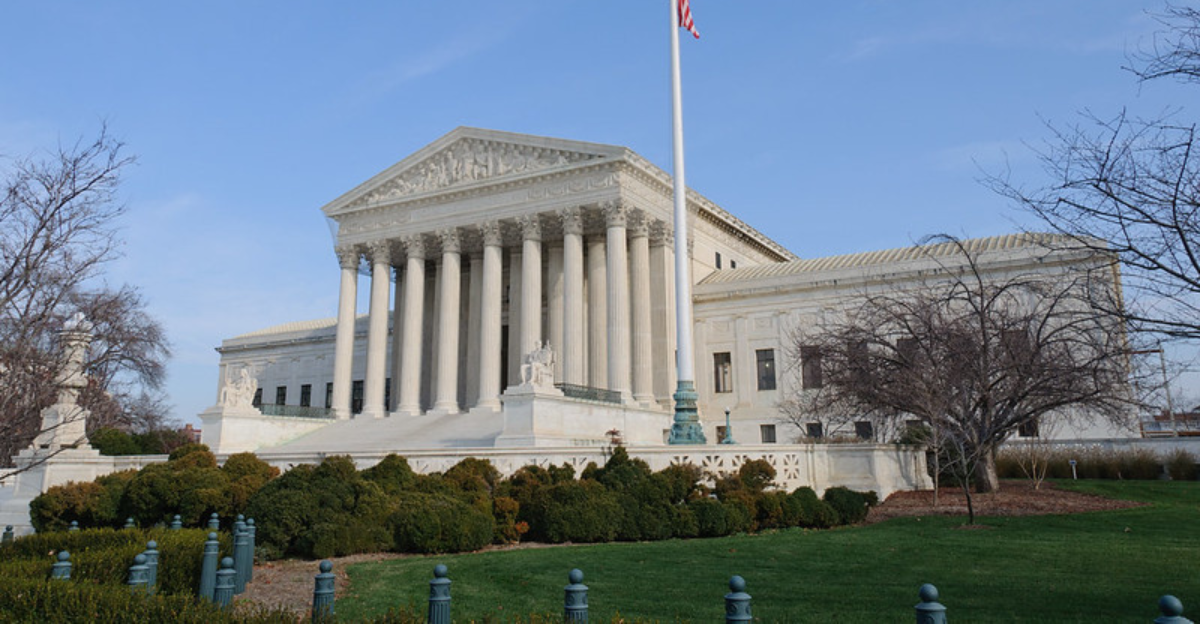
The Supreme Court’s order is… odd, to say the least. Unsigned, brief, without any actual explanation. What it was meant to do was pause a Massachusetts judge’s injunction which had employers reinstate the laid-off people and block organizational changes. After the order was issued, liberal justices warned of “grave constitutional threats”. However, this order doesn’t actually rule on the lawsuit’s merits, now heading to the First Circuit on full review.
Why Does This Matter?

American students are suffering. These offices are vital for them, since student loan programs, civil rights compliance in schools, funding educational research, everything is at risk. By turning this workforce into half of what it used to be, delays will become impossible to avoid. On top of that, things like innovation in education, being able to monitor school practices or access student services will be dragged down with the rest. Arguments against this decision have already surfaced, with critics saying the departments have an impossible task ahead, and that failures are already expected.
Looking Like A Downsizing Strategy
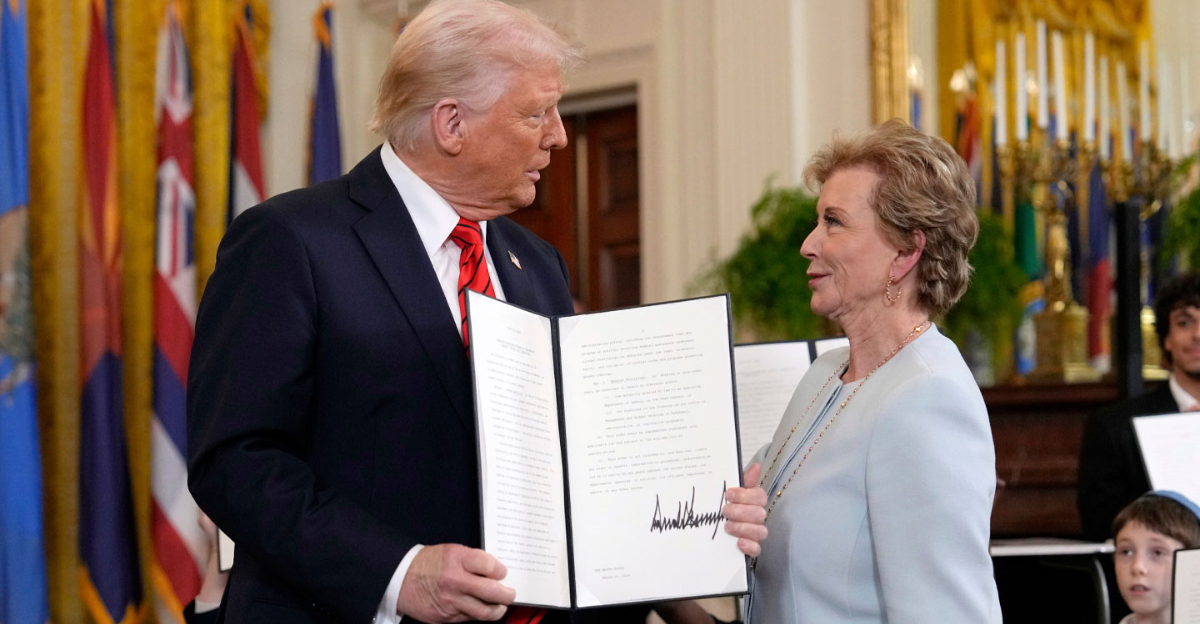
The Trump administration appears to have an agenda, and this move aligns quite well with it. This is devolving ED responsibilities to each state and other agencies. In March, it was ordered that career and technical programs are to shift away from ED. The Supreme Court’s ruling enforces just that. Secretary McMahon is, at the moment, framing these cuts as “steps towards efficiency” and “giving control back to local authorities”.
People Are Angry, And It Shows
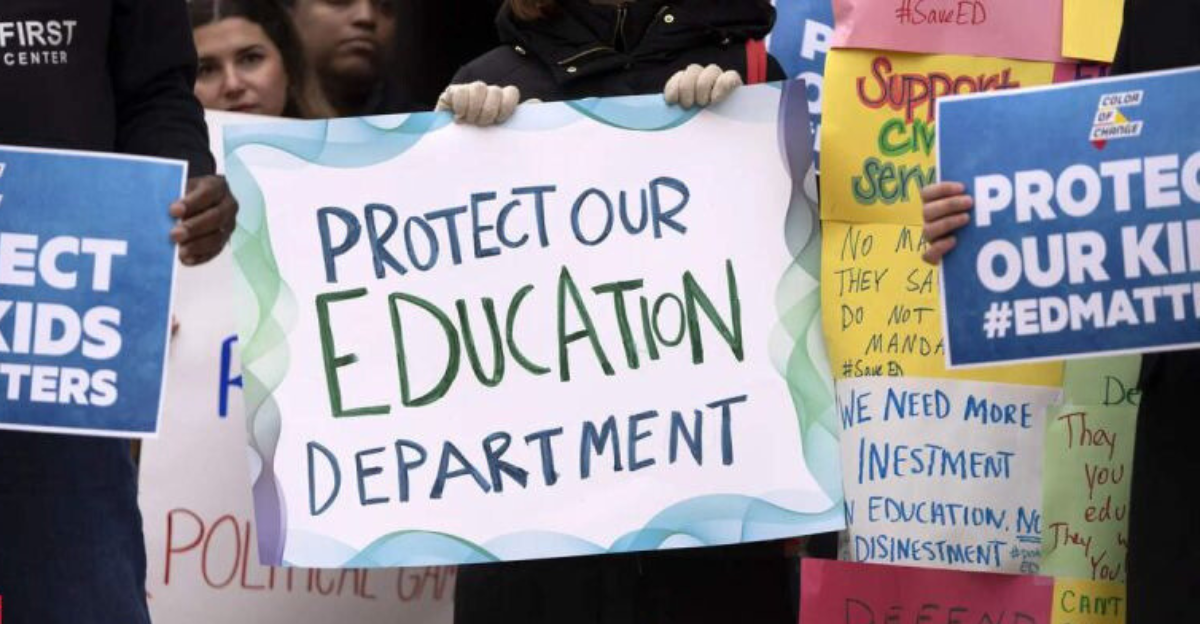
21 state attorneys general, school districts, and teacher unions formed a coalition to publicly go against this decision, arguing that it affects students’ everyday lives. The NEA marked this as an “unlawful blow” to public education, promising to keep on fighting against the order. Civil rights advocates, as well as educators, anticipate this to become even bigger, saying that marginalized students risk losing protection, risk losing loans, grants, and essentially, their right to be seen as equals with other students.
We Are Being Warned

Justice Sotomayor’s dissent, which was joined by Kagan and Jackson, warned that this decision may allow the executive to “repeal statuses by firing” staff. She insists that only Congress should be able to take the department apart, and that this order now threatens due-process protections. Other critics are discussing how this case has the potential to redefine how much power the president currently has over federal agencies.
What Follows Next

Yes, the Supreme Court cleared this one, immediate obstacle. But the lawsuit is continuing, as we said, in the First Circuit with a full hearing on merits. In the meantime, the laid-off staff has to be terminated formally, though some employees are still waiting on their final paperwork. Legal observers are expecting lower courts to provide a deeper ruling about these mass layoffs, at some point. Are they, in fact, overstepping constitutional bounds?
Effects On Students And Schools
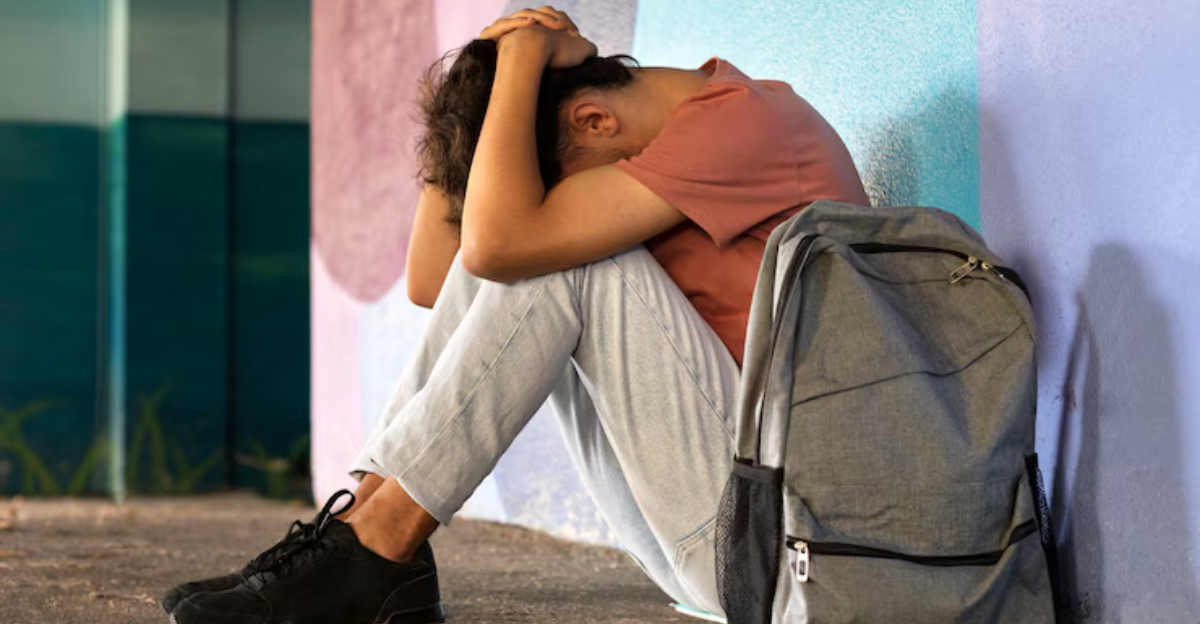
Even at the moment, delays are being reported. Servicing and fund distribution are suffering. Civil rights investigations are slowing down. Advocates are being vocal about their concerns, since school discrimination isn’t going anywhere. And now, schools that are reliant on timely federal grants and compliance checks should look into contingency plans. Should these cuts prove permanent, students will be the ones carrying the burden the most.
Can Education Function Like This?

The Supreme Court’s action tells us something: federal education is not going to be how it used to be. However, this can go in two ways; either to greater efficiency from the staff that’s left, or towards a decrease in student support. Whichever is to happen will happen because of the lower courts’ next decision, as well as the Congressional response. The courts continue evaluating the constitutional stakes, and the nation? The nation wants something clear. In the months ahead, we can only expect full page school district analyses and more policy impacts.